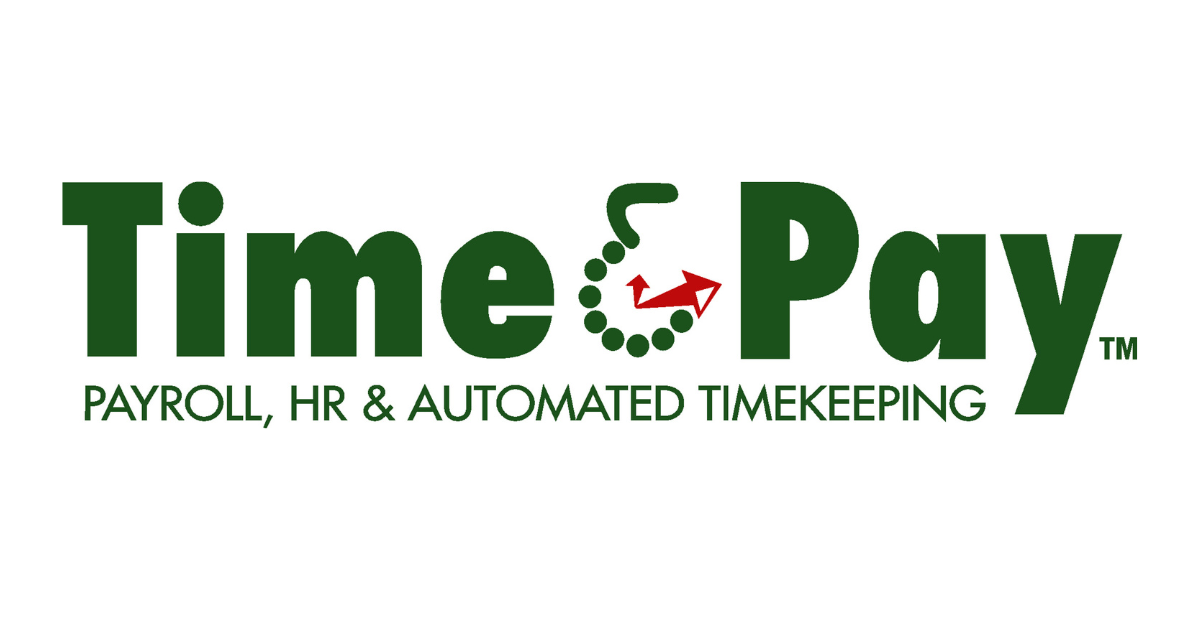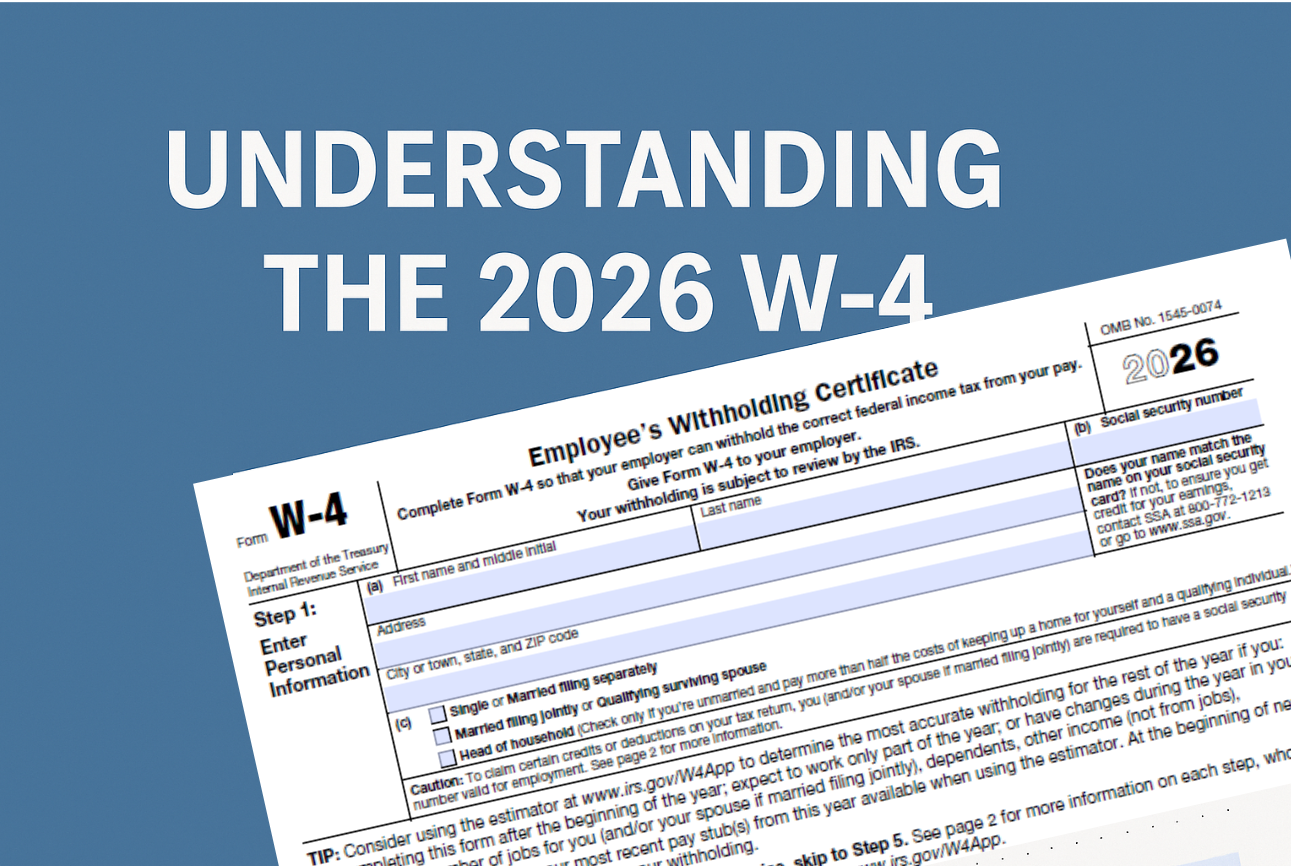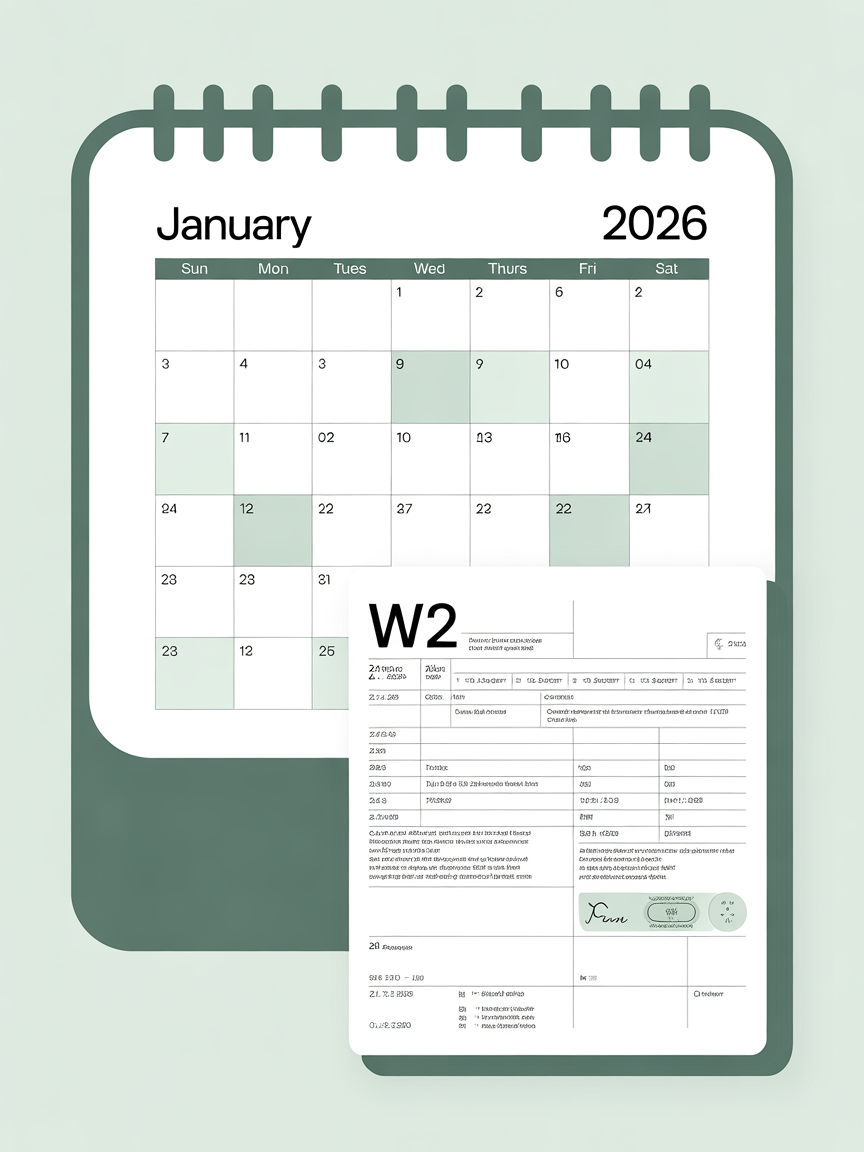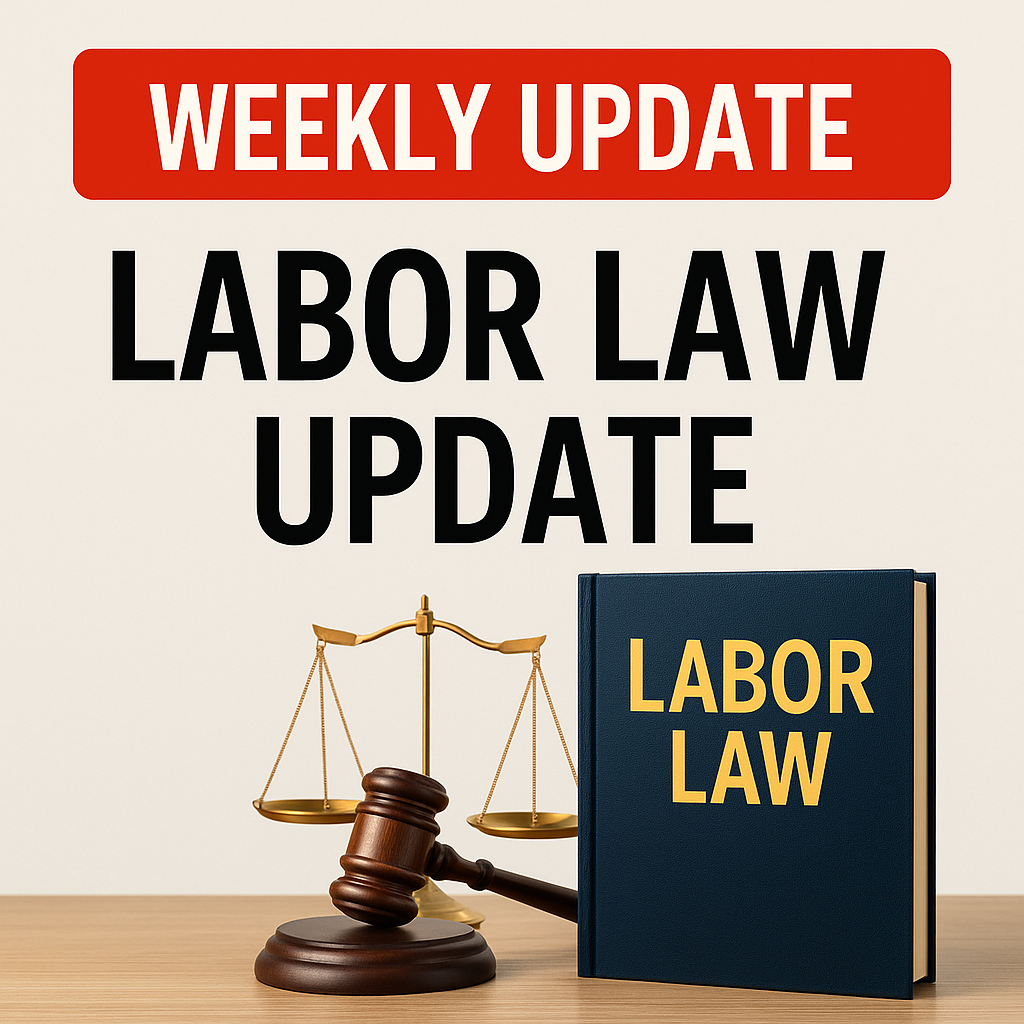Unlock Hidden Talent While Boosting Your Bottom Line
Did you know that hiring from certain underrepresented groups could save your company up to $9,600 in Work Opportunity Tax Credits? That's right - not only can you diversify your workforce, but you can also boost your bottom line. Let's dive into how inclusive hiring practices can benefit both employers and job seekers.
The Hidden Talent Pool
Certain groups of potential employees face significant barriers when job hunting, but they also represent a wealth of untapped potential for employers.
Who Are We Talking About?
- Veterans with valuable skills and discipline
- Ex-felons looking for a second chance
- Residents of empowerment zones eager to contribute to their communities
The $9,600 Question
Employers can receive tax credits of up to $9,600 for hiring individuals from these groups. That's a significant incentive to consider candidates you might have overlooked before.
How It Works
- Hire qualified individuals from target groups
- Collect and file necessary documentation
- Submit with your tax return
Beyond the Bottom Line
While the financial incentives are attractive, the benefits of inclusive hiring go far beyond tax credits:
- Diverse perspectives lead to innovation
- Improved company reputation
- Stronger community relations
Streamlining the Process
"You can automate background checks and the process of claiming work opportunity tax credits through Time & Pay's onboarding system" our source points out. This is just one way to make inclusive hiring more efficient. Consider these other strategies:
- Implement automated background check systems
- Partner with local nonprofits for job training programs
- Collect and analyze equal employment opportunity data to refine your hiring practices
Taking Action
Ready to make a difference while boosting your business? Here are some steps you can take:
- Review your current hiring practices
- Reach out to local organizations supporting veterans and ex-felons
- Implement an effective onboarding system with WOTC services
- Train your HR team on inclusive hiring practices
The Big Picture
Inclusive hiring isn't just about tax credits or filling positions. It's about creating a more equitable workforce and giving opportunities to those who need them most. As one HR professional put it, "When we open doors for others, we open new possibilities for our own success."
Ready to transform your hiring practices and make a real difference? Learn more about inclusive hiring strategies and tax incentives here.




